Best Programming Books to Buy in December 2025
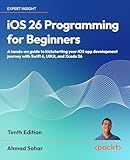
iOS 26 Programming for Beginners: A hands-on guide to kickstarting your iOS app development journey with Swift 6, UIKit, and Xcode 26


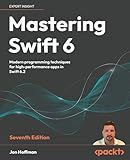
Mastering Swift 6: Modern programming techniques for high-performance apps in Swift 6.2


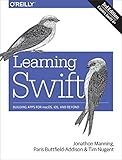
Learning Swift: Building Apps for macOS, iOS, and Beyond


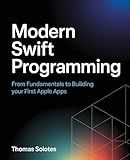
Modern Swift Programming: From Fundamentals to Building Your First Apple Apps


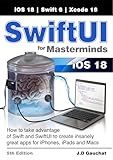
SwiftUI for Masterminds 5th Edition: How to take advantage of Swift and SwiftUI to create insanely great apps for iPhones, iPads, and Macs


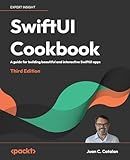
SwiftUI Cookbook: A guide for building beautiful and interactive SwiftUI apps


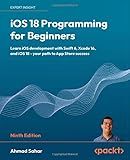
iOS 18 Programming for Beginners: Learn iOS development with Swift 6, Xcode 16, and iOS 18 - your path to App Store success


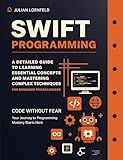
Swift Programming: A Detailed Guide to Learning Essential Concepts and Mastering Advanced Techniques


To create a for loop in Swift, you can use the for-in loop syntax. This loop iterates over a sequence, such as a range of numbers or items in an array. You can declare a for loop using the following syntax:
for item in sequence { // code to be executed for each item in the sequence }
In this syntax, item represents the current element in the sequence, and sequence is the collection of items to iterate over. You can replace item and sequence with any variable names that make sense in your context. Inside the curly braces, you can write the code that you want to be executed for each iteration of the loop.
For example, if you want to print the numbers from 1 to 5, you can use a for loop like this:
for number in 1...5 { print(number) }
This will print the numbers 1, 2, 3, 4, and 5 in the console. You can use for loops to iterate over arrays, dictionaries, ranges, or any other collection of items in Swift.
What is the efficiency of a for loop compared to other looping constructs in Swift?
In Swift, the efficiency of a for loop compared to other looping constructs such as while loops or repeat-while loops is generally the same. The performance difference between these looping constructs is not significant and the choice between them should be based on readability and the specific requirements of the task at hand rather than efficiency concerns. It is worth noting that for loops are typically used when the number of iterations is known beforehand, while while and repeat-while loops are more commonly used when the number of iterations is based on a condition.
What is the role of the index variable in a for loop in Swift?
The index variable in a for loop in Swift is used to keep track of the current iteration of the loop. It represents the position of the element being processed in the collection over which the loop is iterating. The index variable is automatically incremented or decremented by Swift based on the loop statement, and it can be used to access or manipulate elements in the collection based on their position.
How do you iterate over a collection of elements in a for loop in Swift?
In Swift, you can iterate over a collection of elements using a for loop in the following way:
let collection = [1, 2, 3, 4, 5] for element in collection { print(element) }
In this example, collection is an array of integers. The for loop iterates over each element in the array and prints it to the console. You can replace the print(element) statement with any other operation you want to perform on each element in the collection.
How do you nest multiple for loops in Swift?
To nest multiple for loops in Swift, you can simply add one loop inside the body of another loop. Here is an example of nesting two for loops:
for i in 1...3 { for j in 1...3 { print("i: \(i), j: \(j)") } }
In this example, the outer loop iterates from 1 to 3 and for each iteration of the outer loop, the inner loop iterates from 1 to 3 as well. This will result in the following output:
i: 1, j: 1 i: 1, j: 2 i: 1, j: 3 i: 2, j: 1 i: 2, j: 2 i: 2, j: 3 i: 3, j: 1 i: 3, j: 2 i: 3, j: 3
You can nest as many for loops as needed to achieve the desired functionality in your Swift program.
